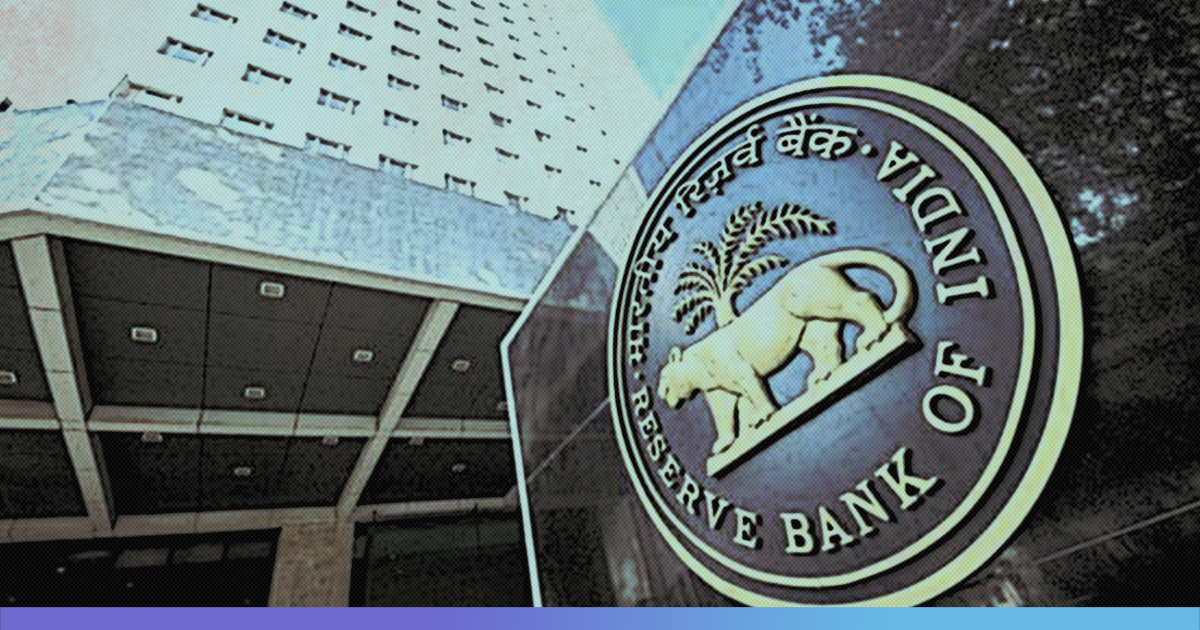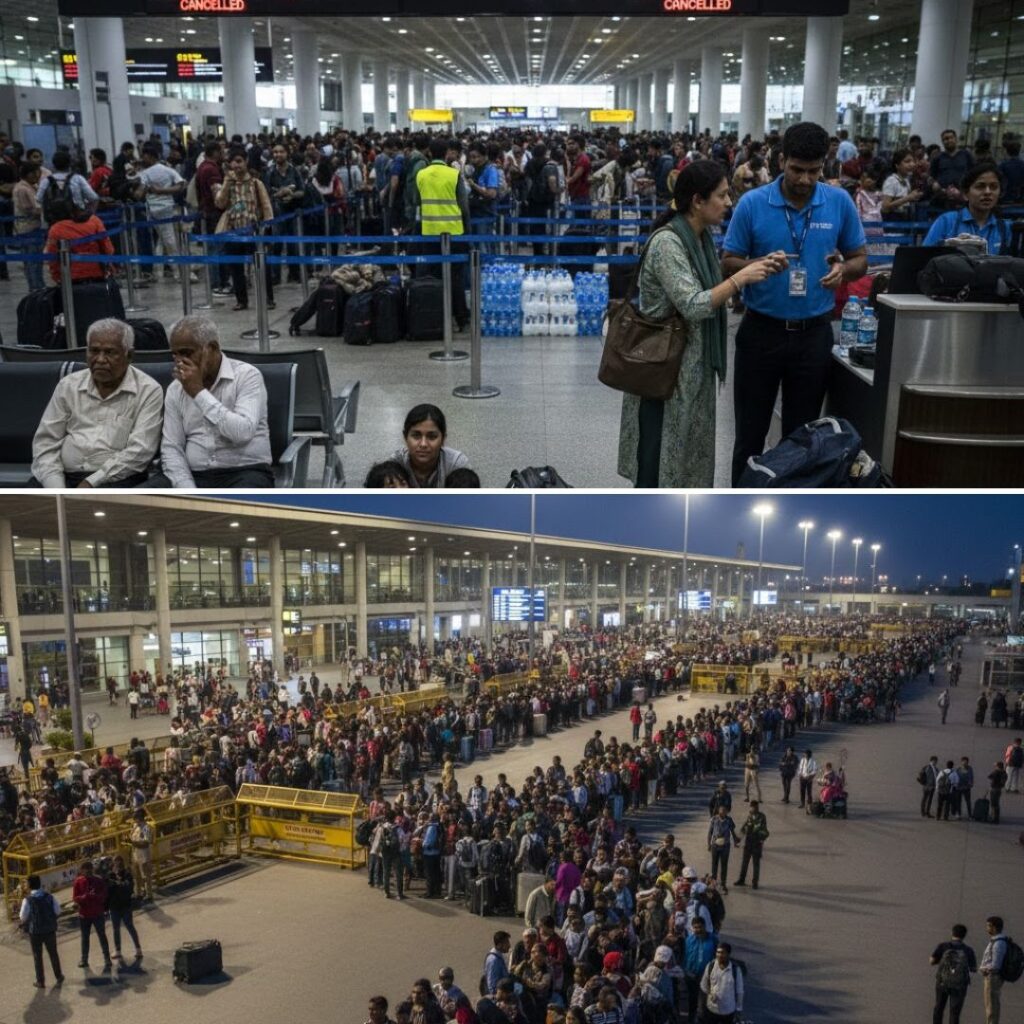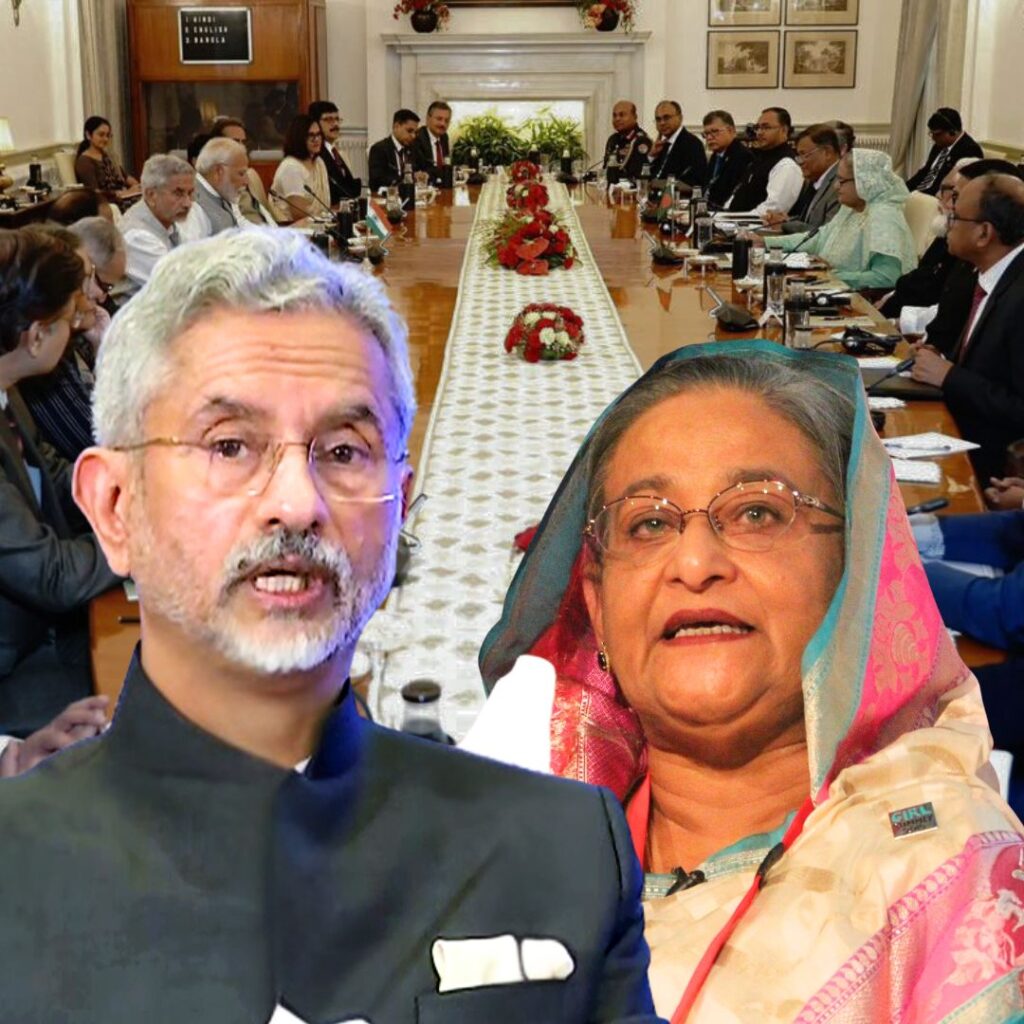Indian lenders have the highest percentage of bad loans as compared to 10 emerging economies that include Brazil, China, Indonesia, Philippines and Turkey, the Reserve Bank of India said in its report on Trend and Progress of Banking 2018-19.
The report also reveals even though bad loans improved to 9.1% in March 2019 from an earlier 11.2% in the same period last year, most of those came down due to write-offs by banks.
The lenders wrote off Rs 2.36 lakh crore of non-performing assets (NPA) or bad loans from their books, according to the Ministry of Finance and the central bank.
Banks write off bad loan or debt that is declared non-collectable, discarding it from their balance sheets.
Gross NPA of public sector banks improved to 11.6 per cent in 2018-19 from 14.6 per cent in the previous fiscal, while that for private sector banks rose to 5.3 per cent from 4.7 per cent, primarily due to accumulation of bad loans at IDBI Bank.
Apart from the IDBI Bank, gross NPA of private sector banks has dropped.
The RBI, however, warned the NPA level was still high. “Notwithstanding the improvement in 2018-19, the overhang of NPAs remains high. Further reduction in NPAs through recovery hinges around a reversal of the downturn in the economy.”
The RBI report also raised concerns about the quicker resolution of stressed assets, corporate governance and frauds. Without naming any bank, RBI said fault lines were becoming evident in the corporate governance of some of the private sector banks.
“The recent governance failures in some financial entities have brought to the fore the impact of the quality of corporate governance on efficiency in the allocation of resources as well as on financial stability,” the RBI report said.
“The growing size and complexity of the Indian financial system underscore the significance of strengthening corporate governance standards in regulated entities.”
Increase In Bank Frauds
The report also revealed that the number of frauds reported by banks and financial institutions during 2018-19 rose to the tune of Rs 71,543 crore from an earlier Rs 41,167 crore in the previous year.
“In February 2018, the Government had issued a framework for timely detection, reporting and investigation relating to frauds in public sector banks, which required them to evaluate bad loan accounts exceeding Rs 50 crore from the angle of possible frauds. This appears to have caused the sharp jump in reported frauds in 2018-19’’, the report said.
The method or type of large value frauds, which account for 86.4 per cent of all reported during the year, involved, diversion of funds by borrowers, primarily through associated or shell companies.
Also Read: As Focus Shifts To Anti-CAA Protests, Slowdown In Indian Economy Remains Unaddressed











